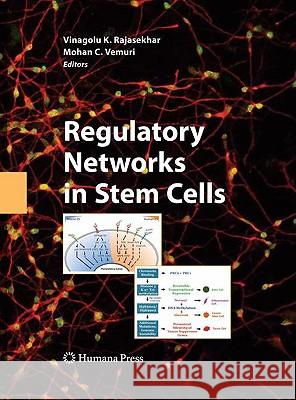Regulatory Networks in Stem Cells » książka
Regulatory Networks in Stem Cells
ISBN-13: 9781603272261 / Angielski / Twarda / 2009 / 601 str.
Regulatory Networks in Stem Cells
ISBN-13: 9781603272261 / Angielski / Twarda / 2009 / 601 str.
(netto: 1119,41 VAT: 5%)
Najniższa cena z 30 dni: 1156,64 zł
ok. 20 dni roboczych.
Darmowa dostawa!
Stem cells appear to be fundamental cellular units associated with the origin of multicellular organisms and have evolved to function in safeguarding the cellular homeostasis in organ t- sues. The characteristics of stem cells that distinguish them from other cells have been the fascinating subjects of stem cell research. The important properties of stem cells, such as ma- tenance of quiescence, self-renewal capacity, and differentiation potential, have propelled this exciting ?eld and presently form a common theme of research in developmental biology and medicine. The derivation of pluripotent embryonic stem cells, the prospective identi?cation of multipotent adult stem cells, and, more recently, the induced pluripotent stem cells (popularly called iPS) are important milestones in the arena of stem cell biology. Complex networks of transcription factors, different signaling molecules, and the interaction of genetic and epi- netic events constantly modulate stem cell behavior to evoke programming and reprogramming processes in normal tissue homeostasis during development. In any given cellular scenario, the regulatory networks can pose considerable complexity and yet exert an orderly control of stem cell differentiation during normal development. An aberration in these ?nely tuned processes during development usually results in a spectrum of diseases such as cancers and neurological disorders. Thisunderscorestheimminentneedforamorecompleteunderstandingofmolecular mechanisms underlying the regulatory circuitries required for stem cell maintenance. Overthepast3-5years, adiversegroupofbenchandphysicianscientistshaveprospectively enhanced our knowledge of stem cell biology. These studies are unveiling many unrecognized or previously unknown fundamentals of developmental biology.











